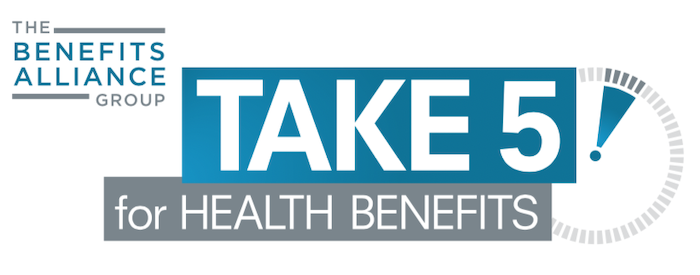Plan members appear to be preoccupied with their physical fitness, according to the 2021 BENEFITS CANADA HEALTHCARE SURVEY—perhaps not surprising, given the numbers who have gained weight during the pandemic.
Out of a list of 16 possible new benefits offerings, all three options to do with physical fitness—fitness classes, a personal fitness trainer and a fitness tracking device—landed in the top five for plan members, who were surveyed in May 2021. Two in five (41%) reported weight gains in the past year, and a notable number reported decreased physical fitness (34%) and poorer eating habits (31%).
Top 5 products/services plan members would use if added to health benefits plan
| Rank | Product/Service |
|---|---|
| 1 | Fitness classes (30%) |
| 2 | Personal fitness trainer (29%) |
| 3 | 24-hour virtual care (26%) |
| 4 | Fitness tracking device (25%) |
| 5 | Immunizations for infectious diseases (25%) |
“Stress is a huge trigger for weight gain and the pandemic has been hugely stressful for people. They have been thrown out of daily routines,” says Mandy King, founder of Vancouver-based HEAL, a workplace wellness program provider.
The degree of weight gain is also a cause for concern. According to a LEGER SURVEY conducted in June 2021, weight had increased by an average of 16 pounds among the 39% of Canadians who reported gaining weight since the start of the pandemic.
“That’s significant enough to be influencing people’s health. Weight gain and reduced physical activity are associated with poorer mental health outcomes. People who are overweight are at higher risk for high blood pressure, type two diabetes, certain cancers and other illnesses,” says King.
For plan sponsors, the implications are both negative and positive. On the one hand, poorer physical and mental health can lead to new claims for health benefits, reduced productivity, absences due to medical appointments and more sick days. On the other hand, employers who help employees reclaim their physical fitness can boost feelings of loyalty and commitment in an increasingly tough labour market.
“As we slowly come out of the pandemic, organizations with workforces that are burned out and exhausted will see much higher rates of turnover. The more you can do to help your workforce manage stress, maintain work-life balance and prevent burnout, the better able you will be to keep your employees,” says King.
When it comes to wellness programming, the same main three elements apply as before the pandemic: education (e.g., lunch & learns, including webinars), motivation (e.g., wellness challenges) and rewards (e.g., gift cards). However, a big difference is the need to create connections in a home-based or hybrid workforce. “People are feeling isolated and programs need to be modified to focus just on connecting with colleagues. For example, people can eat lunch together virtually, or do workouts together virtually,” suggests King.

This article is part of The Benefits Alliance Take 5 for Health Benefits. Take 5 is a quarterly initiative that provides a deeper look a the employee benefits space by providing examples, research and case studies on what’s working for employers in Canada.
